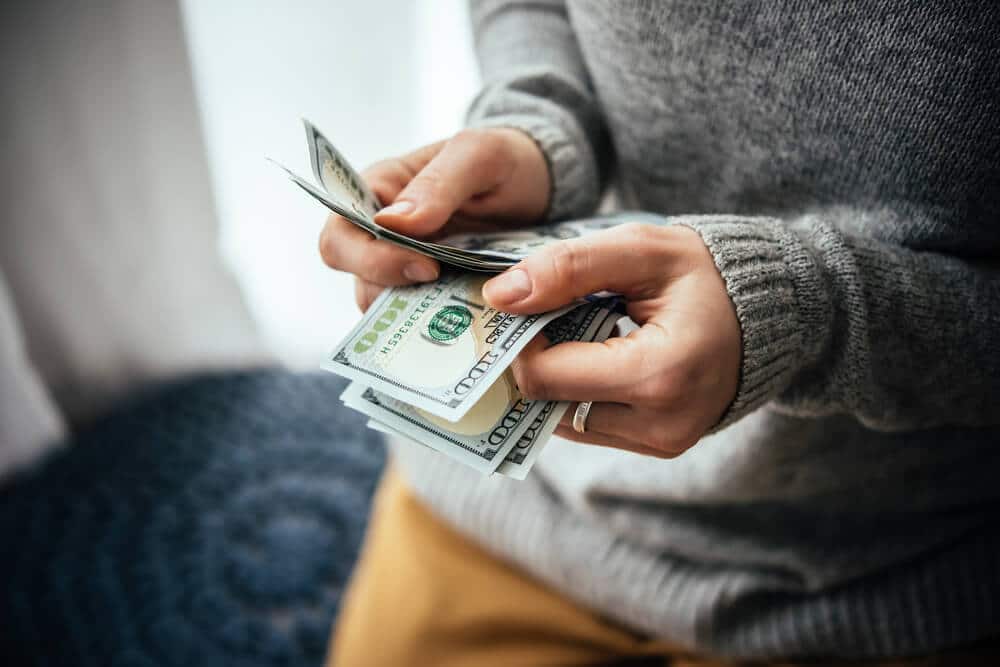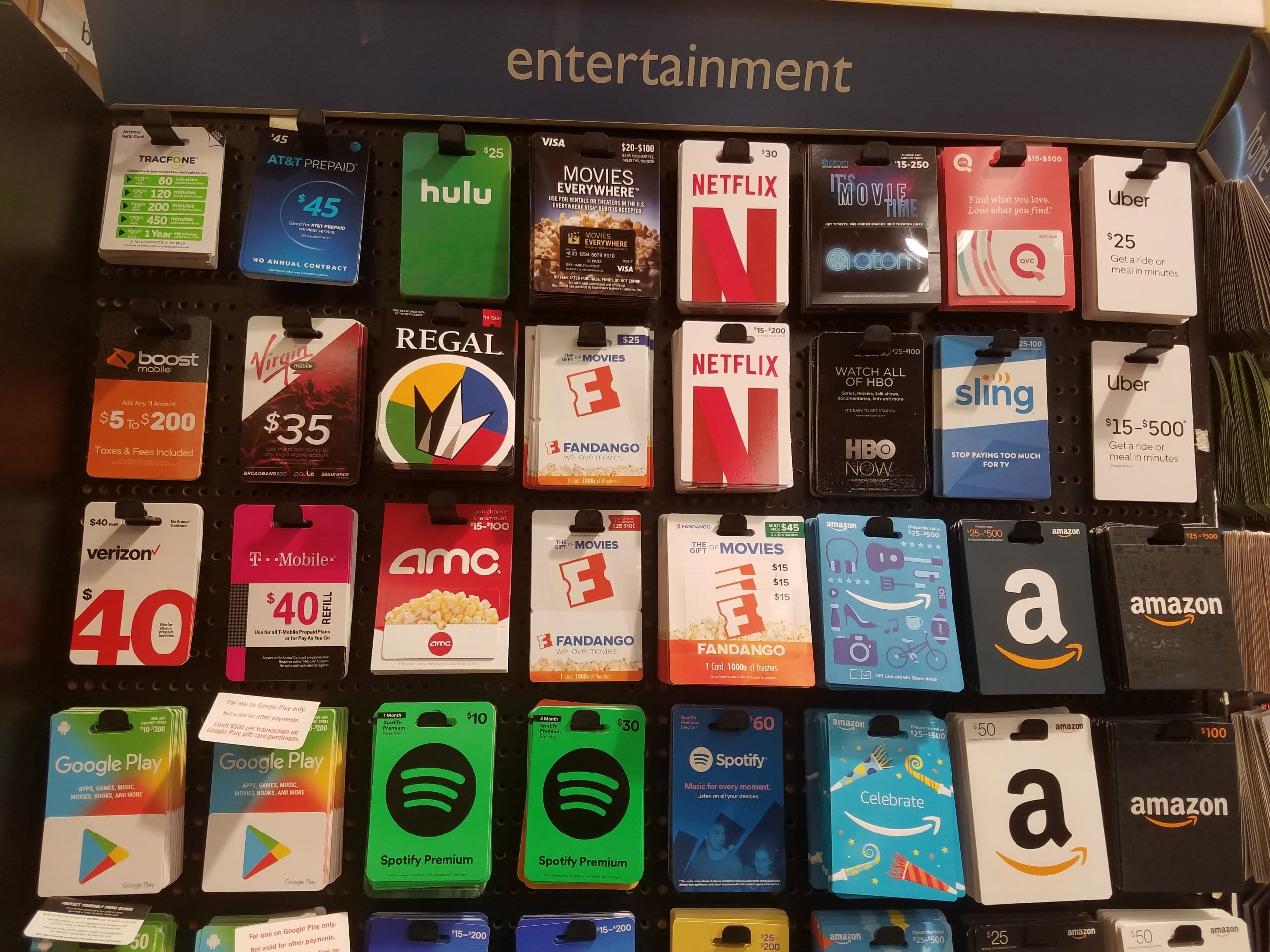Typically, anyone with proper identification can cash a money order that is either made out to them or signed over to them.
However, third-party money orders (signed over to someone other than the original recipient) can be tricky to cash.
Additionally, some money orders can be made out to two people; who can cash this type of money order depends on the wording of the payee line.
We explain the rules and requirements below.
Can Anyone Cash a Money Order?
You can cash or deposit a money order made out to you or that someone else has signed over to you.
You don’t need a checking account to cash a money order, but if you were not the original recipient, you’ll need to make sure the money order is properly endorsed.
Below, we detail how to cash a money order made out to you, made out to someone else, or made out to multiple people.
How to Cash a Money Order Made Out to You
Cashing a money order that’s made out to you is virtually the same as cashing a check — sign the endorsement line on the back of the money order and bring it to a place near you that cashes money orders.
You will likely need to provide a government-issued ID to cash the money order.
You can also deposit a money order into a bank account — either your own or someone else’s. For a money order that is made out to you, most banks will also allow you to deposit it at an ATM, and you can use mobile deposit for some money orders (excluding MoneyGram).
Note, however, that some banks will not allow you to cash a money order and deposit the funds into someone else’s account (as previously reported).
How to Cash a Money Order Made Out to Someone Else
You cannot cash or deposit a money order that is made out to someone else unless the original recipient signs it over to you, and vice versa.
To sign a money order over to another person, you need to sign your name on the endorsement line and write “Pay to [Name of person]” beneath your signature.
Once you sign a money order over to someone else (or someone else signs one over to you), it becomes a third-party money order, which can be a bit more difficult to cash.
To cash a third-party money order that is signed over to you, you will want to make sure that the endorsement matches the original payee name on the front. You should also be sure to bring a valid photo ID; the name on the ID must match the “Pay to” name under the endorsement.
Underneath where your name is written on the money order, you should sign it. This makes three total signatures on the money order: the payor’s, the original payee’s, and yours.
You can then cash or deposit the money order at your own bank or bring it to a place where you can cash a third-party check.
If you are attempting to cash a signed-over money order at a place where you have never cashed a money order or check before, you may want to bring the original payee (if available) for verification.
Many places are wary of cashing third-party money orders and checks due to the risk of fraud.
How to Cash a Two-Party Money Order
A two-party money order is one that is made out to two recipients. Both names are written on the payee line and connected with “and” or “or.”
Keep in mind that some money orders can’t be made out to more than one person; for example, the United States Post Office (USPS) states in its guidelines that money orders can only be made out to a single payee.
MoneyGram and Western Union also generally require that money orders are made out to a single party, customer service representatives at agent locations in New Hampshire, Illinois, Alabama, and Colorado said.
Most bank and credit union money orders, however, can be made out to two parties. Depending on how a two-party money order is written, it can be cashed in one of two ways:
- If the names are connected with “or,” either person that the money order is made out to can cash it on their own, with photo ID.
- If the names are connected with “and,” both parties listed on the money order must be present to cash it, and both must provide identification.
It’s easiest to deposit a two-party money order into a bank account at your local branch, when possible. If this is not possible, you can usually cash two-party money orders at the same places where you can cash two-party checks.
More Information
For more on money orders, check out our related research on how to make a money order out to yourself.
We also provide more details about how money orders work in our money order FAQ.
 William Lipovsky
William Lipovsky






